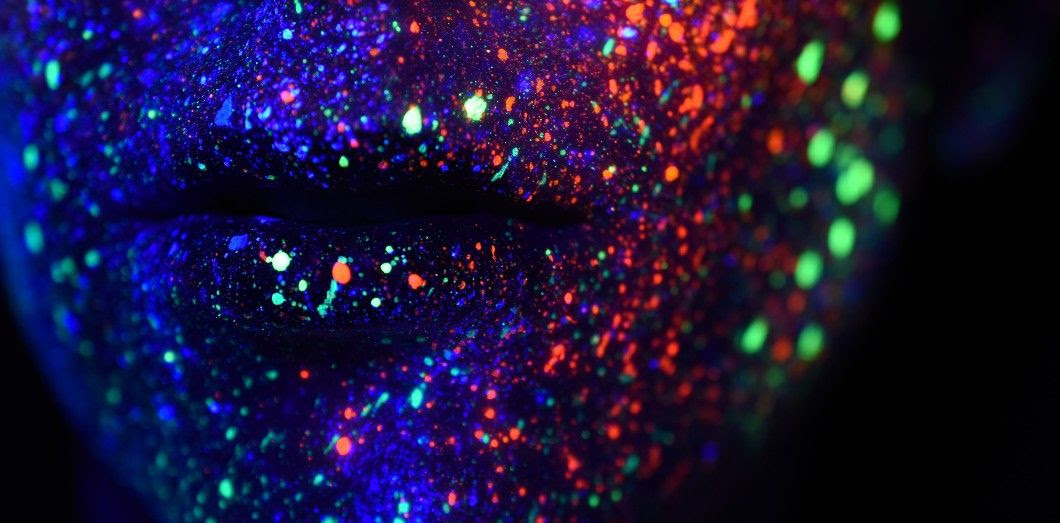H Heyerlein via Unsplash
This quality of mask becomes fluorescent under ultraviolet light, when it has been in contact with the SARS-CoV-2 coronavirus. Another particularity: it was made from ostrich antibodies.
A team of Japanese scientists, from Kyoto Prefectural University, has developed an anti-covid-19 2.0 mask. Its main characteristic? It glows under ultraviolet light (UV) when it has been in contact with Covid-19. This device could thus allow people who wear it to know quickly if they have contracted the coronavirus. A small revolution.
The originality of these masks is to have been designed from ostrich eggs. This bird is indeed able to produce antibodies against Covid-19. To extract them, the researchers injected an inactive form of the coronavirus into female ostriches, which then laid eggs rich in antibodies.
From these antibodies, the researchers developed a fluorescent dye to detect the coronavirus. This is sprayed on a special filter that is placed inside the mask. If the virus is present, the filter lights up under the effect of an ultraviolet light.
A team of Japanese scientists, from Kyoto Prefectural University, has developed an anti-covid-19 2.0 mask. Its main characteristic? It glows under ultraviolet light (UV) when it has been in contact with Covid-19. This device could thus allow people who wear it to know quickly if they have contracted the coronavirus. A small revolution.
The originality of these masks is to have been designed from ostrich eggs. This bird is indeed able to produce antibodies against Covid-19. To extract them, the researchers injected an inactive form of the coronavirus into female ostriches, which then laid eggs rich in antibodies.
From these antibodies, the researchers developed a fluorescent dye to detect the coronavirus. This is sprayed on a special filter that is placed inside the mask. If the virus is present, the filter lights up under the effect of an ultraviolet light.
The researchers tested this invention on 32 people carrying the coronavirus. The result: all of them saw their masks emit a glow under ultraviolet light. Note that the light signal faded as the viral load decreased.
It seems unlikely that these masks will replace PCR tests, but the researchers hope to use them as an effective detection tool for Covid-19. “We can mass produce antibodies from ostriches at low cost. In the future, I want to make it a test kit that is easy for everyone to use,” declared, Yasuhiro Tsukamoto
The panel of people tested will be increased to 150 patients with the virus. If the results are again positive, the scientists will submit the project to the Japanese government for commercialization in 2022.



Comment here